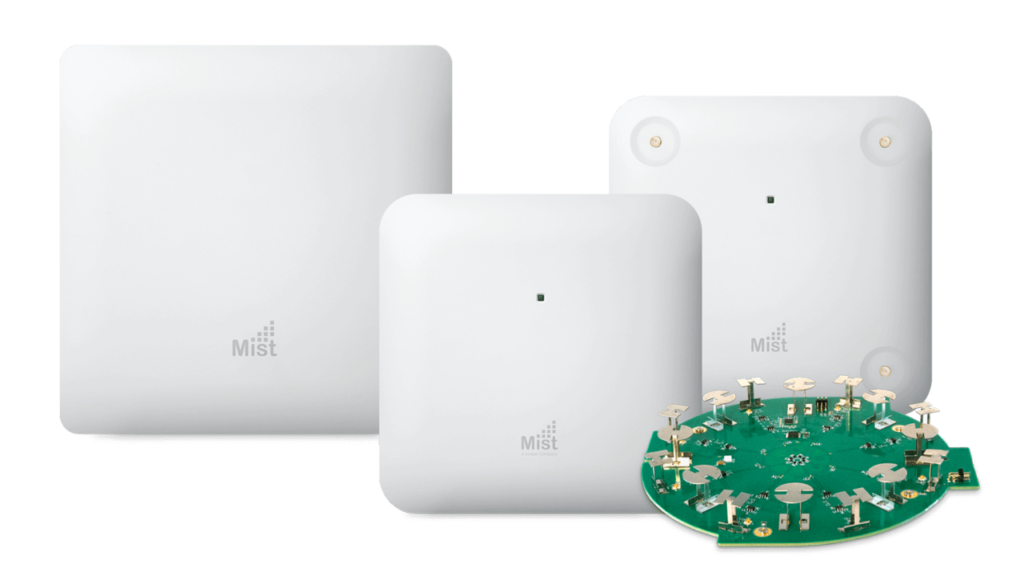Wifi Network in New Jersey

Wi-Fi, or wireless fidelity, is a type of wireless network technology that allows devices to communicate with each other without the need for physical cables or wires. It uses radio waves to transmit data between devices, such as computers, smartphones, and tablets, and a central router or access point that connects the devices to the internet.
A Wi-Fi network typically consists of one or more access points, which are devices that transmit and receive data wirelessly, and client devices, such as smartphones, laptops, and tablets, that connect to the access points to access the internet or other network resources. Wi-Fi networks can be set up in homes, businesses, public spaces, and other locations, and are widely used for accessing the internet and sharing data between devices.
What is MIMO technology in Wi-Fi?

MIMO stands for Multiple Input Multiple Output, which is a technology used in Wi-Fi networks to improve their performance and increase data throughput.
MIMO works by using multiple antennas at both the transmitting and receiving ends of a wireless connection, allowing multiple streams of data to be transmitted and received simultaneously. This increases the amount of data that can be transmitted over the wireless connection, improving the overall performance of the Wi-Fi network.
MIMO technology is commonly used in modern Wi-Fi routers and access points, and it is often implemented using two or more antennas at both the transmitting and receiving ends of a wireless connection. MIMO can help to improve the range, speed, and reliability of Wi-Fi networks, particularly in environments with a lot of interference or signal loss.
What is MU-MIMO, and why is it essential for Wi-Fi 6 and 6E?
MU-MIMO stands for multi-user, multiple input, multiple output, and represents a significant advance over single-user MIMO (SU-MIMO), which is generally referred to as MIMO. MIMO technology was created to help increase the number of simultaneous users a single access point can support. This was initially achieved by increasing the number of antennas on a wireless router.
MU-MIMO technology is now recognized as a major part of the Wi-Fi 6 (802.11ax) protocol, which emerged from the 802.11ac protocol. Standards older than 802.11ac (such as 802.11b, g and n) do not support MU-MIMO.
With MU-MIMO supported in 802.11ac (Wi-Fi 5), many endpoints and access points now come equipped with MU-MIMO technology. It’s still in the early days of Wi-Fi 6 and 6E (which extends the wireless spectrum available in the 6GHz band), but you can check with the Wi-Fi Alliance to see if a specific product includes MU-MIMO and Wi-Fi 6. Chip shortages and supply chain delays due to the pandemic slowed the adoption of Wi-Fi 6, but many are hopeful that the technology will take off in 2022.
With 802.11ax (Wi-Fi 6), basic MU-MIMO was updated to include uplink MU-MIMO, which means that an access point transmitting concurrently to multiple receivers can now also simultaneously receive from multiple transmitters (that also include uplink MU-MIMO). With 802.11ac (Wi-Fi 5), MU-MIMO was limited to downlink transmissions (from an access point to an endpoint).
How MU-MIMO works with wireless devices?
MU-MIMO was created to support environments where multiple users are trying to access the wireless network at the same time. The nature of the 802.11 protocol is that users are served on a first-come, first-serve basis.
When multiple users begin accessing the router at or near the same time, congestion can be introduced as the router services the first user’s request while the second (and third, fourth, etc.) wait. While these wait times can be minuscule, they can add up with more devices (smartphones, tablets, computers, etc.) and users asking for resources. MU-MIMO helps this by allowing multiple users to access router functions without the congestion.
Cine Acoustic installs Wi-Fi Netwroks in Morris County, Essex County, Middlesex County, Passaic County, Bergen County, Somerset County, Hudson County, and Monmouth County New Jersey.

